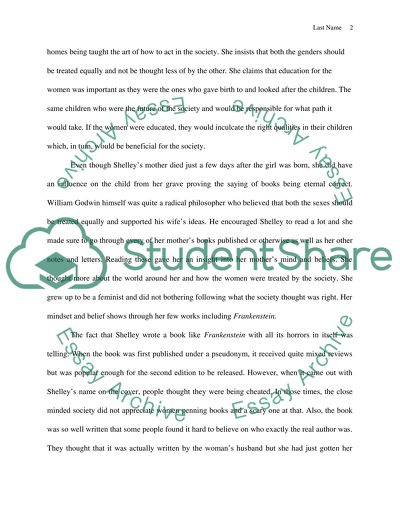Cite this document
(“Mary Shelley Research Paper Example | Topics and Well Written Essays - 2000 words”, n.d.)
Retrieved from https://studentshare.org/literature/1497213-mary-shelley
Retrieved from https://studentshare.org/literature/1497213-mary-shelley
(Mary Shelley Research Paper Example | Topics and Well Written Essays - 2000 Words)
https://studentshare.org/literature/1497213-mary-shelley.
https://studentshare.org/literature/1497213-mary-shelley.
“Mary Shelley Research Paper Example | Topics and Well Written Essays - 2000 Words”, n.d. https://studentshare.org/literature/1497213-mary-shelley.


